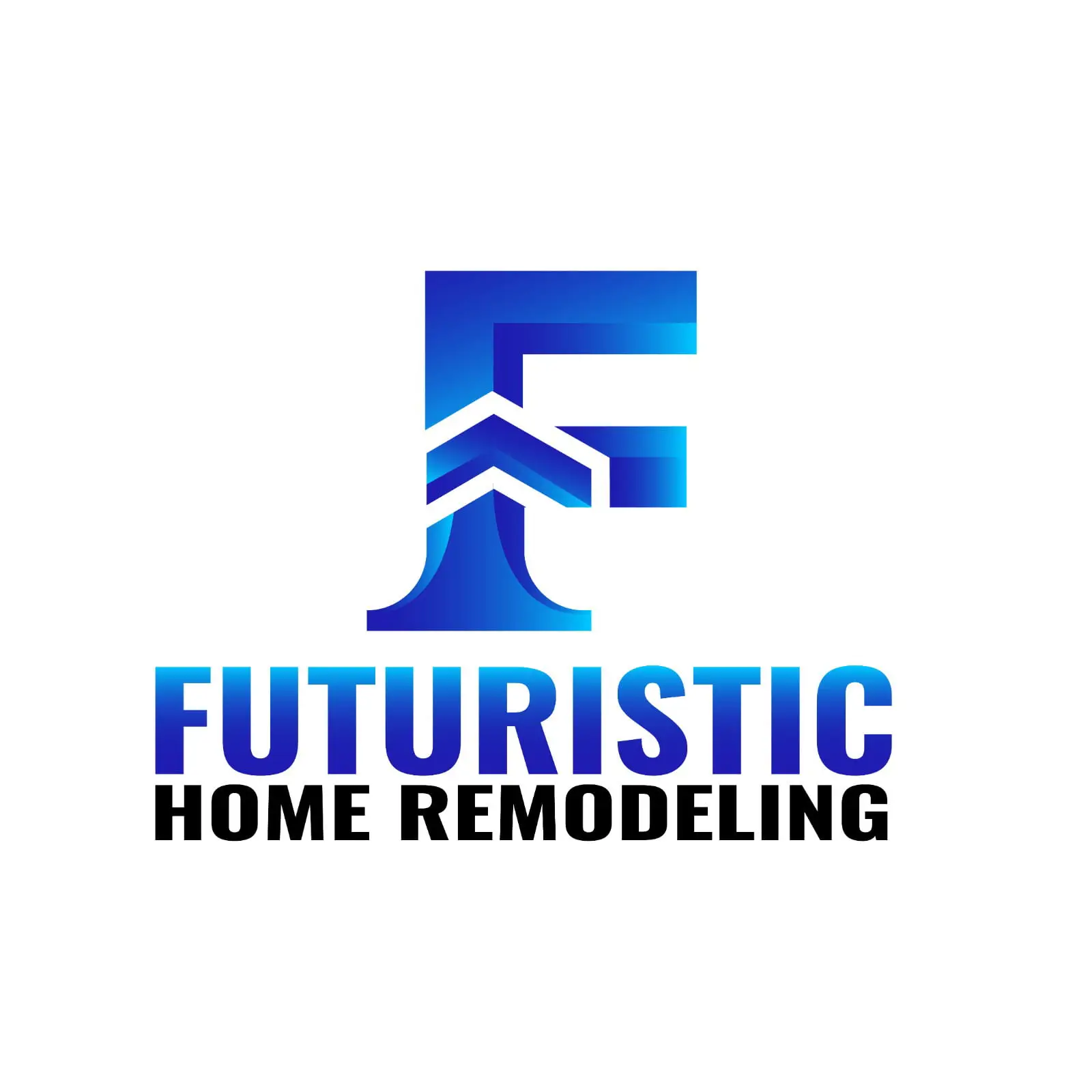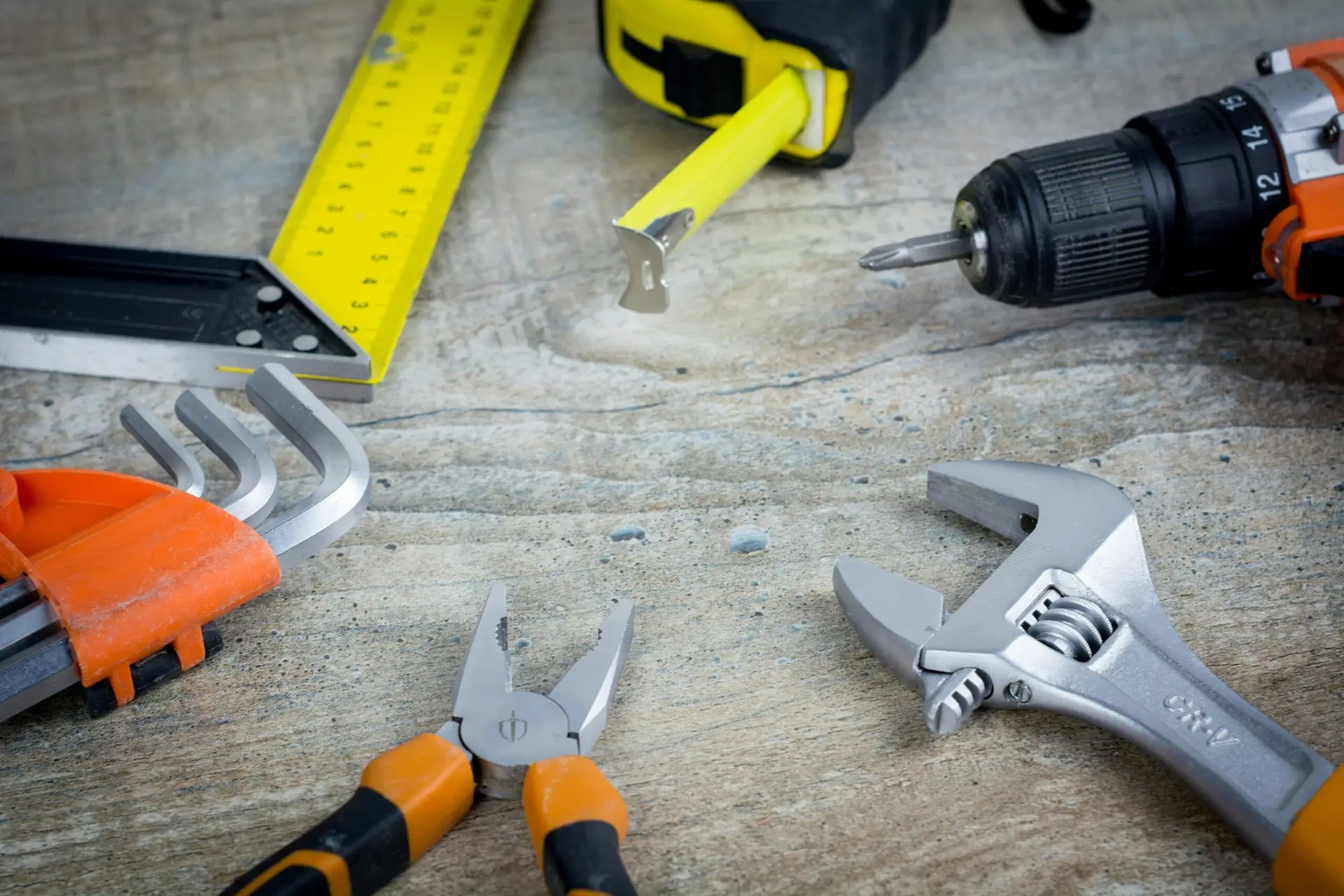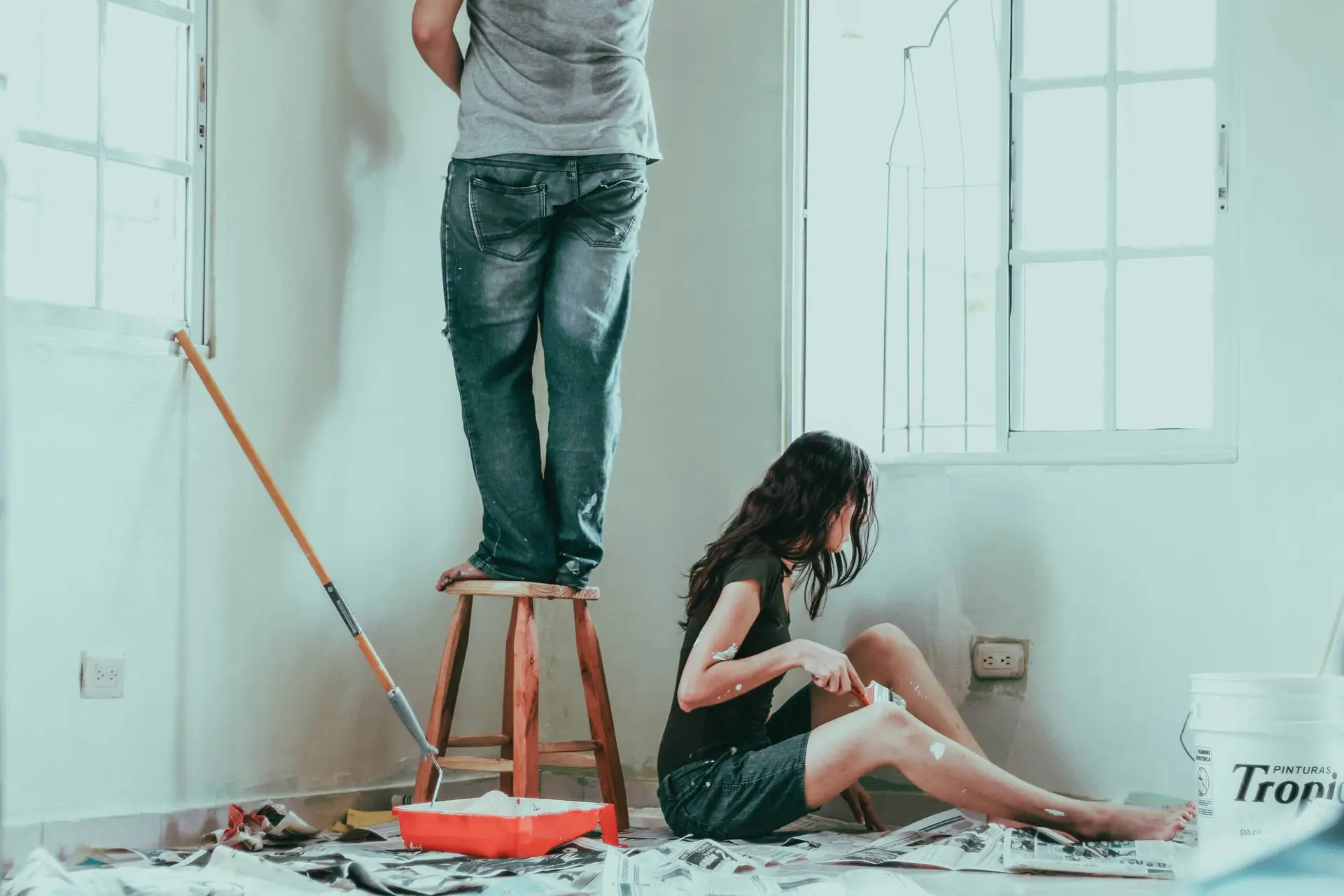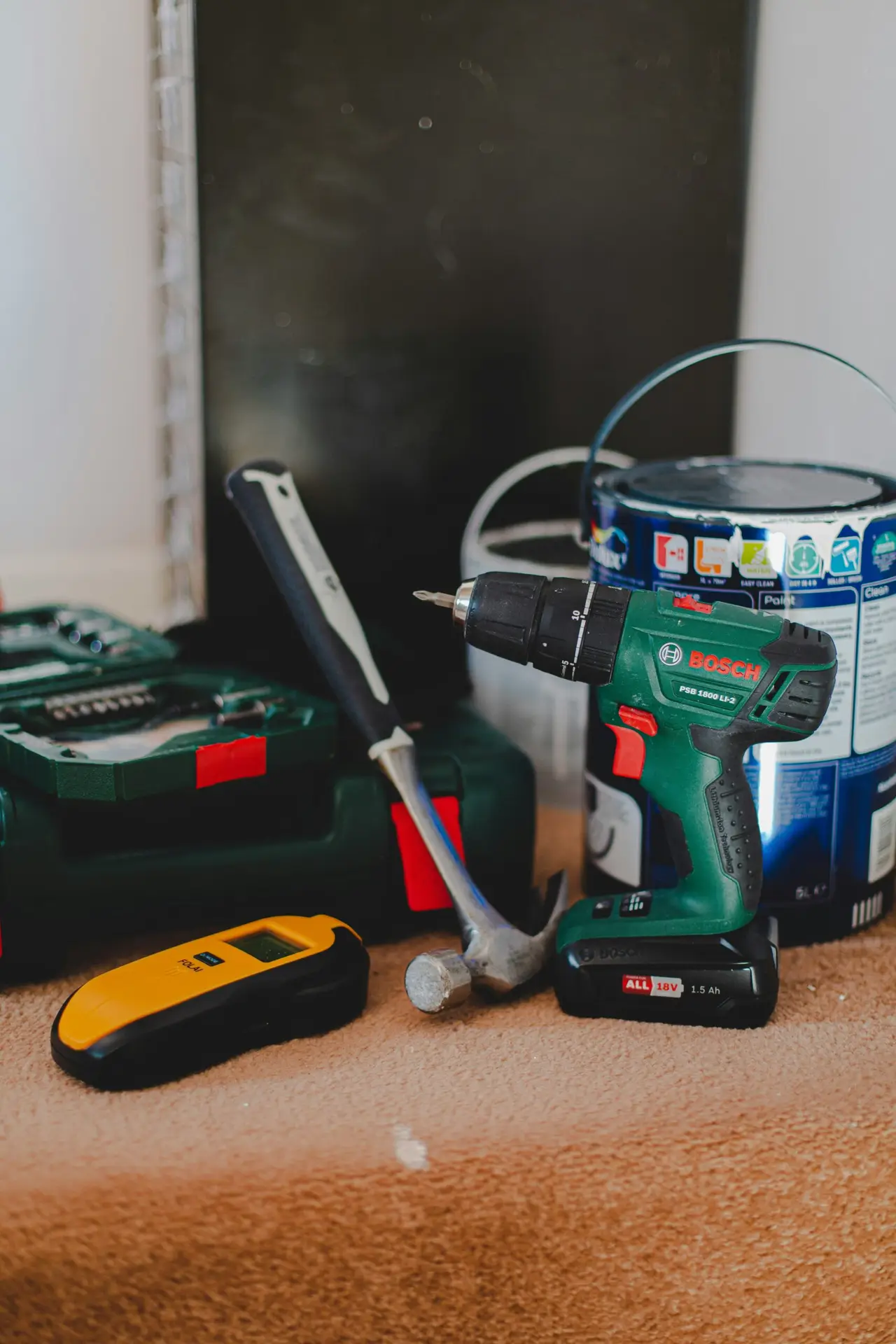Introduction to Home Repairs
Home repairs are an essential aspect of homeownership, arising from the natural wear and tear that any building experiences over time. Every homeowner, regardless of the age or condition of their residence, will encounter situations that require attention and maintenance. These repairs can range from minor issues, such as a leaky faucet, to more significant concerns like a damaged roof. It is crucial for homeowners to recognize the inevitability of these repairs and to adopt a proactive stance toward home maintenance.
Being proactive about home repairs not only ensures the comfort and safety of your living environment but can also lead to significant savings in the long run. Delaying or neglecting repair tasks often results in more extensive damage, which can escalate repair costs significantly. By addressing issues promptly, homeowners can often prevent small problems from evolving into major projects that require substantial financial outlays. For instance, fixing a small plumbing leak quickly can save considerable costs associated with water damage, mold remediation, and potential structural repairs later on.
Moreover, regular maintenance and timely interventions are integral to prolonging the life of various home systems and components, including plumbing, electrical systems, roofing, and HVAC installations. Homeowners who engage in routine inspections and schedule necessary repairs—whether it be on an annual or as-needed basis—can enhance the longevity of their dwelling. This proactive approach not only preserves the home’s value but also contributes to creating a more enjoyable living environment for occupants. By recognizing common repair needs and preparing adequately, homeowners can navigate the challenges of maintenance with greater ease and efficiency.
Leaky Faucets: Causes and Solutions
Leaky faucets are a common issue faced by homeowners, and though they may seem minor, they can lead to significant water wastage and increased utility bills if not addressed promptly. Various factors can contribute to this problem, with the most prevalent being worn washers, damaged O-rings, and corroded valve seats. Identifying the root cause of the leak is crucial to implementing the correct repair solution.
One of the primary causes of a leaky faucet is a worn washer. Washers are rubber components that help create a watertight seal when the faucet is closed. Over time, these rubber washers can degrade due to mineral buildup or regular wear and tear, leading to leaks. To fix a worn washer, homeowners can follow a few simple steps. First, by turning off the water supply to the faucet and disassembling it, they can access the washer. Replacing the old washer with a new, appropriately sized one may resolve the issue effectively.
Another common cause of leaking is a faulty O-ring. O-rings are rubber gaskets located on the faucet handle or stem. When these components wear down, faucet leaks can occur, primarily around the base of the faucet handle. To address this, one can typically shut off the water supply, remove the handle, and replace the damaged O-ring with a new one.
If the leak persists despite addressing these components, the valve seat could be corroded or damaged, requiring professional assistance to repair or replace. Additionally, if a homeowner feels uncomfortable performing these repairs themselves or is unsure of the diagnosis, it may be wise to consult a licensed plumber. Ensuring that leaky faucets receive prompt attention not only conserves water but also maintains the integrity of the plumbing system in the home.
Squeaky Doors: Diagnosing the Noise
Squeaky doors are a common annoyance that many homeowners experience. The characteristic creaking sound can disrupt the tranquility of a home, creating an irritating distraction, especially in quiet moments. Understanding the root causes of this noise can assist homeowners in effectively addressing the issue. Common origins of squeaky doors include rusted hinges, misalignment, or even environmental factors such as humidity affecting the door structure.
One of the primary causes of a squeaky door is rusted or dry hinges. Over time, the lubricant within the hinges can evaporate or dry out, resulting in increased friction between the moving parts. This friction is often what generates the squeaking noise. Additionally, dirt and debris may accumulate on the hinges, further exacerbating the issue. Regular maintenance, including cleaning and lubricating the hinges with penetrating oil or a silicone-based spray, can help to prevent squeaks before they start.
Misalignment is another potential source of squeaking. Doors may warp due to changing weather conditions, improper installation, or regular wear and tear. When a door becomes misaligned, it may rub against the frame, leading to further noise as the surfaces scrape against each other. In this case, realigning the door might be necessary. Homeowners can check the alignment by observing the gaps between the door and the frame. If the gaps are uneven, it could indicate that the door needs to be adjusted.
In conclusion, managing squeaky doors involves identifying the underlying causes, whether they be rusted hinges or misalignment. By performing regular maintenance and employing techniques such as lubrication and realignment, homeowners can effectively silence those annoying squeaks, restoring peace to their living spaces.
Cracked Walls: Identifying the Type
Cracks in walls can be a source of concern for homeowners, as they often signal underlying issues within a building’s structure. Understanding the types of wall cracks is paramount for effective evaluation and repair. Generally, cracks can be categorized into two main types: hairline cracks and structural cracks.
Hairline cracks, usually less than 1/8 inch wide, commonly occur due to natural settling or temperature changes. They often appear in drywall, plaster, or even brick walls. Although they might seem alarming at first glance, hairline cracks are typically benign and can be filled easily with spackle or paint touch-up. Homeowners can undertake these minor repairs themselves, saving time and money. Nevertheless, it’s advisable to monitor these cracks periodically to ensure they do not widen or become more pronounced.
In contrast, larger structural cracks should not be overlooked. These cracks, often wider than 1/8 inch, may indicate serious problems such as foundation settling, water damage, or structural shifts. Structural cracks can manifest in various ways, including vertical, horizontal, or diagonal lines on the wall. Homeowners should exercise caution when addressing these types of cracks. The implications for a building’s integrity could be severe if they indicate a foundation issue or another critical problem. In such cases, professional assessment is highly recommended.
To determine the nature of a crack, homeowners should consider its location and progression. Cracks around windows and doors, or those that propagate in a stair-step pattern, are particularly concerning and warrant professional consultation. Regular inspection and awareness of wall conditions will empower homeowners to recognize issues early and engage the appropriate resources to address them. This proactive approach ensures a safer and more stable living environment.
Clogged Drains: Prevention and Remediation
Clogged drains are a common issue that homeowners face, often leading to frustration and potential damage if not addressed promptly. The primary causes of blockages usually involve the accumulation of grease, hair, soap suds, and other debris. These materials gradually create a buildup that narrows the passageway, ultimately causing water to drain slowly or not at all. Understanding these common culprits is essential for implementing preventative measures, thereby minimizing disruptions in your household.
To prevent clogged drains, establishing a regular maintenance routine is crucial. One effective practice is to utilize drain covers or sieves. These simple devices can catch hair and food particles, preventing them from entering your pipes. Furthermore, homeowners should be cautious about what they dispose of through sinks and toilets. Avoid flushing non-biodegradable items, as they can easily contribute to significant blockages. Another preventive measure includes periodically flushing drains with hot water or a mixture of baking soda and vinegar. This method helps to break down any early signs of buildup while being environmentally friendly.
In case of a clogged drain, several DIY solutions can assist in remediation. The first method involves using a plunger to dislodge the blockage. Ensure that the plunger creates an effective seal around the drain before applying pressure. If that doesn’t resolve the issue, a plumbing snake can be a helpful tool to reach deeper clogs. This tool works by breaking apart or retrieving the debris causing the blockage. However, it is essential to know your limits; if these solutions do not alleviate the problem, it may be necessary to consult with a professional plumber. Persistent clogs can indicate deeper issues within the plumbing system that require specialized attention to avoid further complications.
Drafty Windows: Insulation Solutions
Drafty windows can significantly impact the comfort of a home and contribute to elevated energy bills. When cold air enters through improperly sealed windows, the heating system must work harder to maintain a comfortable indoor temperature, resulting in increased energy consumption. Proper insulation is paramount in combating this issue and enhancing energy efficiency. Homeowners can implement various strategies to address drafty windows effectively.
One of the most cost-effective solutions for improving window insulation is the use of weather stripping. This material, typically made from foam, rubber, or vinyl, creates a seal around the window frame to prevent drafts. Applying weather stripping is a straightforward DIY project that can yield immediate benefits in terms of comfort and energy savings. Selecting the appropriate type of weather stripping based on the specific window structure is crucial to achieving the best results.
In addition to weather stripping, caulking is another essential method for sealing gaps and cracks around windows. Caulk is ideal for filling in spaces that are too small for weather stripping, ensuring a tight seal that minimizes air leakage. Regularly inspecting and refreshing the caulk around windows is recommended, as over time it can wear down and lose effectiveness.
However, in cases where windows are severely damaged, it may be more effective to consider window replacement as an option for improved insulation. Modern windows are designed with advanced technologies, such as double or triple glazing, which significantly reduce energy loss. While this option involves a higher upfront investment, the long-term energy savings and improved comfort might outweigh initial costs.
Identifying and addressing drafty windows through proper insulation techniques, including weather stripping, caulking, and window replacement, enhances comfort and energy efficiency in any home. Engaging with a professional can help homeowners make informed decisions tailored to their specific needs.
Running Toilets: Troubleshooting Tips
A running toilet is not only an irritating issue but also a cause for increased water bills and potential damage to your plumbing systems. Understanding the common causes of this problem is essential for every homeowner, as it allows for quicker diagnosis and more effective repairs. One frequently encountered culprit is a faulty flapper. The flapper is the rubber seal located at the bottom of the tank, which opens to allow water to flow into the bowl during a flush and closes to contain water in the tank afterward. Over time, flappers can become warped or worn, preventing them from sealing properly and causing water to continuously run into the bowl.
Another common cause of running toilets is a malfunctioning fill valve. The fill valve regulates the water flow into the toilet tank, and if it is not functioning correctly, it may allow excess water to escape. To diagnose these issues, start by examining the flapper. Lift the lid off your toilet tank and flush to observe if the flapper seats tightly against the opening after flushing. If it does not, replacing the flapper may resolve the issue. For the fill valve, look for signs of water running continuously into the overflow tube, indicating that the valve is likely stuck open. Adjusting or replacing the fill valve can rectify this problem.
Preventative measures can further mitigate the occurrence of running toilets. Regular maintenance checks can help identify wear and tear before they escalate into significant issues. Additionally, it is advisable to periodically inspect the flapper and fill valve for signs of degradation. Keeping these components in good condition is crucial in maintaining an efficient plumbing system and avoiding unnecessary water waste. By being proactive and knowledgeable about these common repairs, homeowners can effectively manage their plumbing systems and minimize disruptions in their daily lives.
Damaged Roof Shingles: Repairing Minor Issues
Maintaining the integrity of roof shingles is crucial for preserving the overall health of a home. Roof shingles protect against the elements, and any damage can lead to more severe issues, including leaks and structural damage. Homeowners should regularly inspect their roofs to identify any damaged or missing shingles early. Common signs of shingle damage include curling, cracking, and discoloration. If a shingle is missing, it can create vulnerabilities that may invite water infiltration, leading to further complications.
Identifying minor issues with roof shingles can often be accomplished through a simple visual inspection. Homeowners should look for visible abnormalities from the ground, using binoculars for a closer look, if necessary. If possible, a careful ascent to the roof can allow for a thorough examination. It is essential to look for signs of granule loss, as this can indicate wear and tear. Furthermore, ensuring that flashing around chimneys and vents is intact is equally paramount for preventing leaks.
For relatively minor repairs, such as replacing a few damaged shingles, the process can often be straightforward. Begin by gathering the necessary materials, including replacement shingles, roofing nails, and sealant. Carefully lift the edges of the surrounding shingles, remove the damaged piece, and replace it with a new shingle. Secure it with nails and apply sealant to prevent wind uplift. However, precautions are necessary; always prioritize safety when on the roof, considering factors such as slope and weather conditions.
While many homeowners can perform these minor repairs, it is essential to recognize when to consult a professional roofing contractor. If damage is extensive, or if a problem persists, enlisting a skilled expert can ensure that repairs are comprehensively handled, safeguarding your roof against future issues.
Heating and Cooling Systems: DIY Maintenance Tips
Maintaining heating and cooling systems is crucial for ensuring comfort in your home while also maximizing energy efficiency. One of the simplest yet most important tasks homeowners can perform is changing the air filters regularly. Clogged filters can significantly reduce the efficiency of heating and cooling units, leading to higher energy costs and increased wear on the system. It is recommended to check these filters at least once a month, particularly during peak usage seasons, and replace them every three months or as needed.
Understanding thermostat settings is also vital in optimizing the operation of your heating and cooling systems. Homeowners should familiarize themselves with the programmable features of their thermostats, allowing them to set specific temperatures for different times of day. This can prevent unnecessary energy consumption when no one is home while ensuring a comfortable environment upon arrival. Moreover, adjusting the thermostat settings in accordance with seasonal changes can further boost efficiency. For instance, setting the thermostat a few degrees higher in the summer and lower in the winter can lead to substantial energy savings.
Another critical aspect of maintenance is scheduling professional inspections for your heating and cooling systems. Engaging a qualified technician for annual check-ups can identify potential issues before they escalate into costly repairs. A comprehensive inspection usually includes checking air ducts, assessing refrigerant levels, and verifying the overall functionality of the system. During these inspections, professionals can also offer valuable advice on how to improve your home’s energy efficiency. By regularly maintaining your heating and cooling systems through these DIY tips, homeowners can significantly extend the life of their equipment while ensuring reliable performance year-round.
Conclusion: The Role of Professional Help
Homeownership comes with a plethora of responsibilities, particularly when it comes to repairs that inevitably arise over time. While some repairs may appear manageable and suitable for a do-it-yourself approach, others require the expertise of professionals to ensure quality and safety. Homeowners must develop a keen understanding of their skill level and recognize when to seek help, as this could mean the difference between a simple fix and a much larger issue down the line.
For instance, minor repairs such as changing a light fixture or fixing a leaky faucet can often be handled independently, given that homeowners do their due diligence in researching techniques and acquiring necessary materials. Conversely, more complex issues, such as electrical malfunctions or plumbing problems, often necessitate the knowledge and training that only a qualified professional can provide. Attempting to navigate these situations without the appropriate skills may lead to additional damage and increased costs, highlighting the importance of recognizing limitations.
In establishing a proactive maintenance plan, homeowners can significantly mitigate the risk of encountering urgent repairs in the future. Scheduling regular inspections and preventive maintenance can provide early detection of potential problems, allowing for timely interventions by professionals when necessary. This approach not only preserves the home’s quality but also safeguards the inhabitants’ safety.
An effective strategy involves maintaining open communication with trusted contractors and service providers. By building a relationship with professionals who understand the unique needs of a home, homeowners can readily access expertise when significant repairs arise. Understanding the role of professional help empowers homeowners to make informed decisions, ultimately leading to a more secure and enjoyable living environment.




